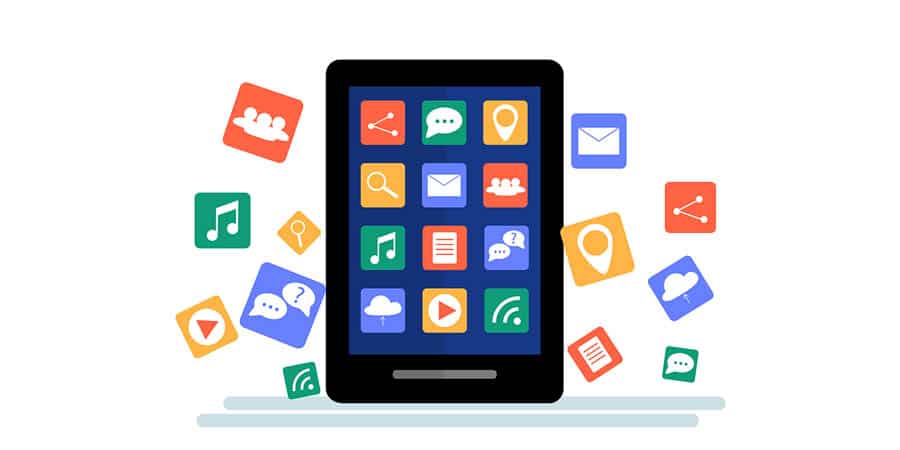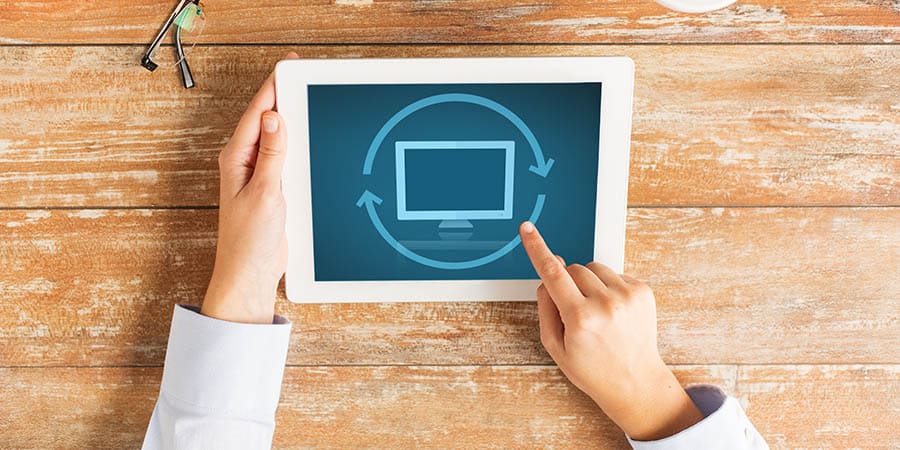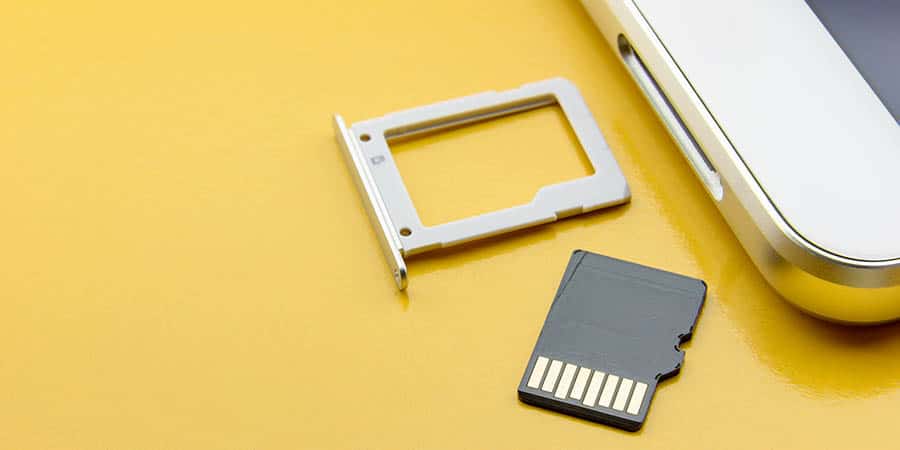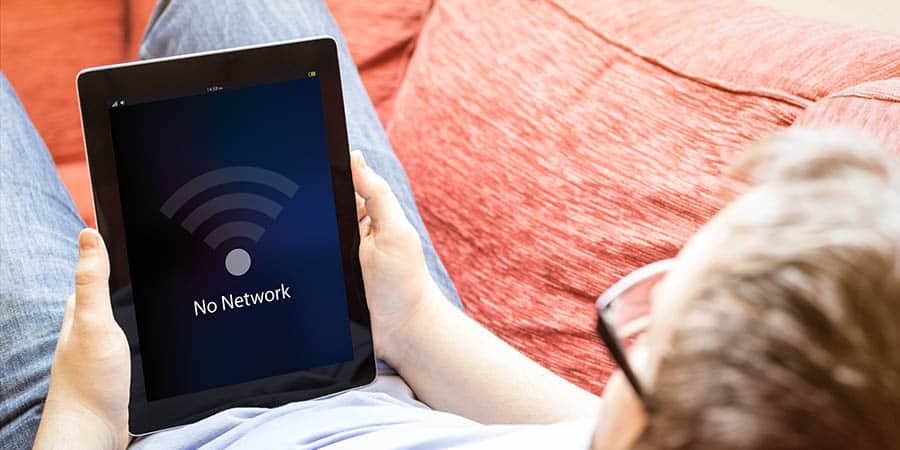Tablets have grown and grown in terms of popularity. The main reason for this is probably their ease of use – they’re nifty, portable and above all, very responsive. Getting a tablet for a student is a great idea, as they’re very easy to take to lectures with you.
But after you’ve owned a tablet for a while, you may find that it starts to slow down. It’s normal for this to happen with any device over the time that you own it.
Fortunately, you don’t have to use a sluggish tablet forever, as there are some things that you can do that’ll get your tablet up and running like brand new.
8 ways to make a slow tablet faster immediately
There are different methods that you may use to speed your tablet up, and they’ll all have varying levels of difficulty and convenience to do them. But, you should be able to do all of them pretty much immediately.
So, we’ll look at the things you can do very quickly that will make a difference first, and then look at some more potential long term solutions second.
Get rid of some of your apps

The quickest way to probably make a noticeable different in your tablet’s speed is to uninstall all of the apps that you’re not really using. The more apps that you have on your tablet, generally, the slower that it’s going to operate.
This is especially true if you have a tablet with a limited storage capacity. Although tablets are made to use the apps we download on them, the less you have on there, the better that your tablet will run.
There are a few apps that take up significantly more space than the rest. The Facebook app is probably the biggest offender in this regard, especially if you have Messenger installed as well.
In some cases, you may not want to delete any of the apps that you’ve downloaded onto your device. This is fine too, and there are other ways that we can get our tablet up to speed.
Make sure everything is updated
Updates that you need to download on your tablet aren’t just about making it more secure for you to use. Keeping your tablet updated with the newest software is critical for its performance. The newer the update, the faster your tablet is going to work.
Some people are scared of downloading an update as they think it may cause issues. Though it can, you’re actually more likely to face some kid of problem if you don’t update your tablet for a long time, as you’ll be running an older version of your tablet’s operating system.
The good news is that you can usually do this within a minute or two by going into your settings. As well as a simple software update, you should also run through and make any app updates you need to too.
Restart the tablet

It’s very simple to do, but many people can leave it weeks or even months without actually giving their tablet a break.
And turning off your tablet and allowing it a time to reset is a great idea if it’s starting to run a little slower than usual. Think about all the browsers, apps and tabs that you’ve got open that may be slowing your device down.
When you turn your device off, you’re effectively giving it a break to power down and unload all of the programs that are running within its memory. It’s a great idea to restart your device every so often to keep things running smoothly.
Do some spring cleaning
Deleting the apps on your tablet is one thing, but that’s not all you can considering deleting. The other data on your tablet may make it run slower too – your photos, videos, saved games and browsing data all contribute to a slow tablet.
You don’t even necessarily need to delete all of this data – instead, you could consider moving it from your tablet’s storage onto an external storage solution. The best example of this is Google Drive, which can store all of your documents and larger files to help make your tablet a little bit faster.
It’s not only your programs and files that you can clean out – you can also clear your cache too. This will clear out all the saved temporary files on your device, and you can usually do it easily within your settings.
If you’re feeling brave, then you could consider factory resetting your device completely. This means you’ll need to make sure that all of your files and data is saved elsewhere and backed up.
But, it is probably the most foolproof way to speed your tablet up without putting a whole lot of effort it.
Get an SD card (or a better one)

If you really don’t want to delete anything on your tablet, then you could get an SD card. You can move some programs and files to the card, which should free up space on the tablet itself, and allow it to operate a little bit faster.
And although an SD card is a great idea, if it’s pretty old, then it may have very slow read and write speeds. This means that when it’s working with your tablet, it’s operating at a very slow pace and can take a while to connect to each other.
In this scenario, a faster SD card might prove to be a good idea. It can have an increased amount of memory for more storage, and a faster speed to work with your tablet a little bit better.
Remove widgets and notifications (background apps)
I like widgets as much as the next person. They definitely make navigation a little bit easier. But, they can also slow down your tablet as well. So, widgets should be one of the first things to go if you want a faster tablet.
If you get a lot of notifications, then you can consider turning these off too. This is especially true if you’re getting notifications for apps that you don’t even need to keep up to speed with.
Finally, make sure you turn all of the apps running in your background off as well. The more apps that are running, the more your tablet’s memory is having to juggle at the same time.
Ensure you’ve got a stable connection

It’s important to know whether your slow tablet is down to the device itself, or its connection to the internet. It’s worth disconnecting to the internet and trying to use your tablet to see whether you can narrow it down to one or the other.
If you do find that you’re having connectivity problems, then you can usually solve this by simply resetting your home wifi hub. This will clear its memory, and likely allow you to get a battery connection.
After doing this, go into Google and test your internet speed. You’ll be able to see your download speed and your upload speed – if your upload speed is very slow, then this can cause issues with connecting to others online, via video calls for example.
Try safe mode
One way that you can try to work out where the problem lies is by launching your tablet in safe mode. If you’re doing this on a Samsung Galaxy Tab or Android device, then the Reboot to Safe Mode should appear after you turn your tablet off, holding the Power off button in position when swiping.
What this does is basically start your tablet up with the minimum necessary, or the bare bones of what is needed. This means that it won’t start up any of your downloaded programs or apps on your tablet, and it will only load the essentials.
It’s the best way to find out if a specific app is what’s causing your problem, which is often the case. If your tablet only has limited processing power, then this can help decipher the root cause.
Conclusion
Using a tablet shouldn’t feel like a chore – they’re really designed to give you a break from your phone’s small screen, and your laptop which is typically used for work and typing.
But it can feel like a hassle if your tablet is slow, laggy or keeps freezing when you’re trying to use it. Fortunately, there’s a couple of things you can try to speed it up and make a slow tablet faster than before.